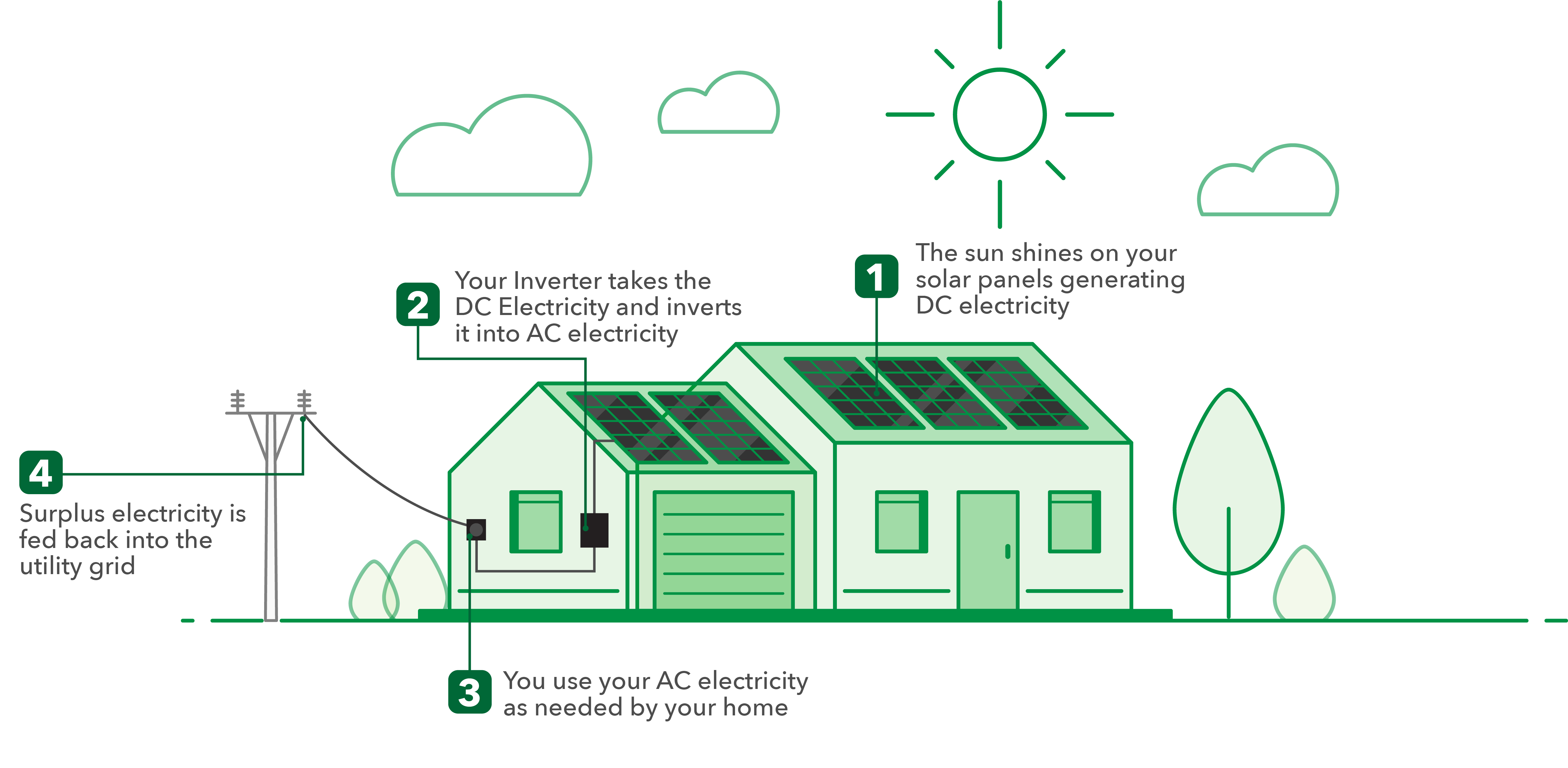There are many questions about installing solar on homes.
One of the biggest is, “What is the solar tax credit?”
This investment tax credit (ITC) which is referred to as the “solar tax credit” allows you to deduct 30 percent of the cost of your solar panel project costs from your federal taxes. This applies to both residential and commercial solar panel systems.
You must own your solar panel system to take advantage of the solar tax credit.
Example of the Solar Tax Credit.
The average solar panel system in the U.S is about 6kw and will cost $19,200 here at Solar Wave.
This $19,200 includes everything that goes into your solar panel project.
Your solar tax credit in this case would be $5,760.
That means your system would only cost you $13,440 if all tax credits were applied.
Are There Any Solar Costs that Are Not Eligible For The 30%?
Anything that has to do with you installing a fully functioning solar panel system for your home or business can apply for the 30 percent savings.
It is important to note that in most cases you must follow your local zoning and permitting requirements to qualify for your solar tax credit.
If you have a professional design and install your system you have nothing to worry about. You can even add upgrades such as battery storage or smart home monitoring systems to your solar installation which will also apply to the credit.
How Does The Solar Credit Work?
This is very important to read.
Your solar tax credit is just that… A tax credit. This is a dollar-for-dollar reduction of the federal income tax you owe.
For example, let's say you owe $10,000 in taxes this year. continuing the example from above your solar tax credit is $5,760 meaning you would now only owe $4,240 in taxes this year after the credit is applied.
This is different than a refund because you have to owe taxes to claim the incentive. Since most people owe taxes, most people end up being eligible. Another great feature is, say your solar tax credit is higher than the taxes you owe this year. In this case, you can apply for your unused tax credit in the following year.
How Long Will The Solar Tax Credit Last?
The Inflation Reduction Act (IRA) has increased the federal tax credit for solar energy back up to 30% and has extended the credit out to 2032. A lot of the specifics of the Inflation Reduction Act, as it relates to solar energy, are still being written and incentives for some unique scenarios do exist. It is always best to consult with a Solar Wave expert about your scenario to get relevant information on incentives that may be unique to you.
How To Claim Your Solar Tax Credit
Once you have gone solar, you will need to file IRS form 5695 to claim your residential renewable energy tax credit.
We always recommend consulting with a tax professional during your preparations to make sure you are filing your form correctly.
If you file your own taxes then it's as simple as these few steps:
- Know your total solar panel installation cost (provided by your solar installer).
- Complete IRS form 5695.
- Add your credit to your typical form 1040.
That’s it! We hope this serves as a great introduction to the solar tax credit and helps in your research process. For more articles like this visit our solar library here.
To speak with an expert on this topic or if you would like a full solar proposal with an accurate quote of your potential tax credit click here.




